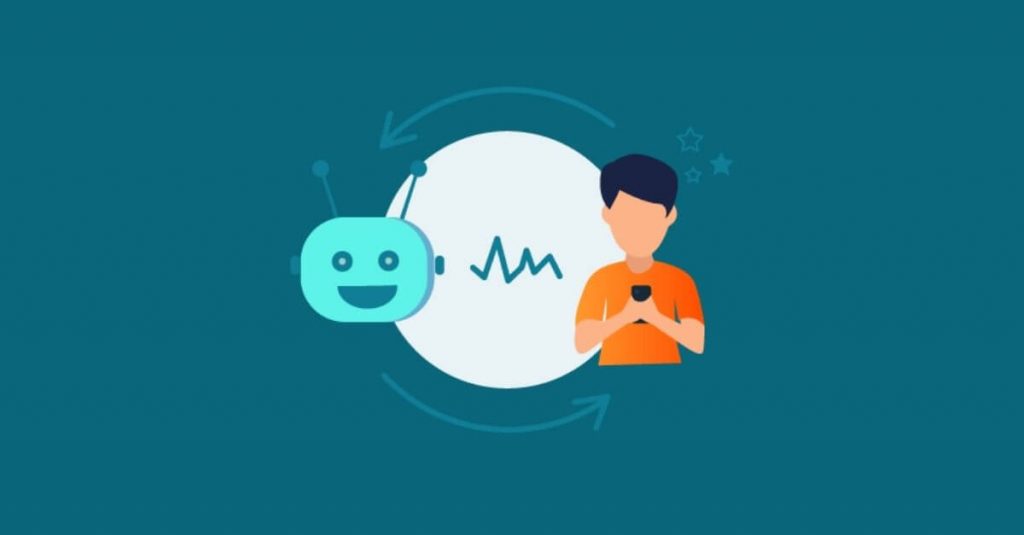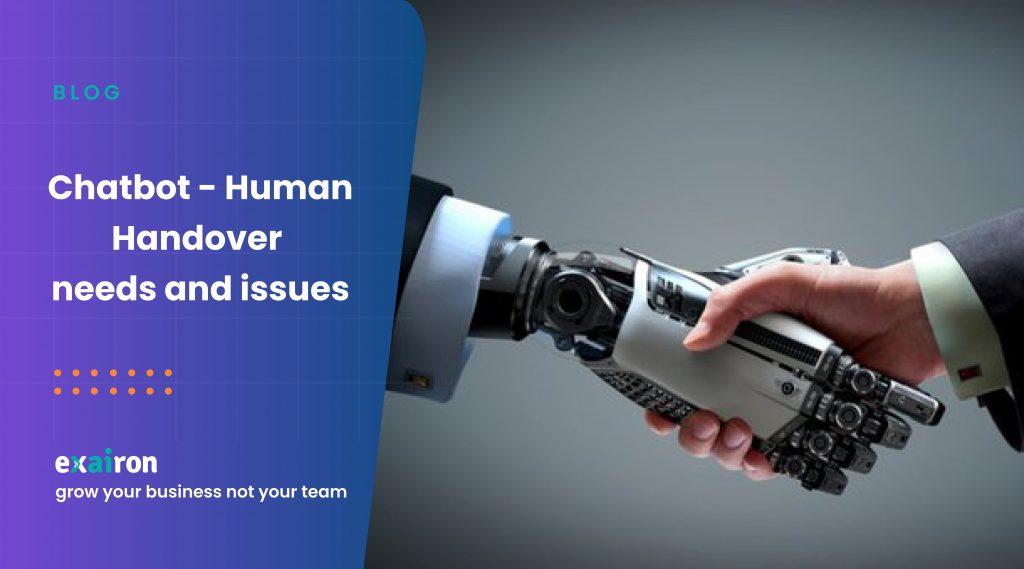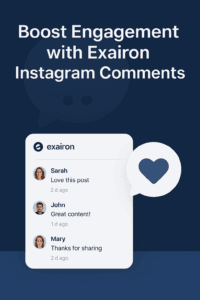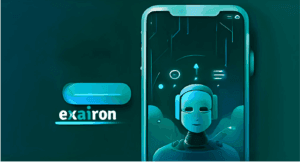Chatbots are increasingly becoming a part of our everyday lives. They can help us find the best deals for a flight or even help us order food. But how does this impact the people working behind the scenes? When it comes to customer service, handovers are crucial in ensuring that your customers have a seamless experience when interacting with your business. In this post, we’re going to explore what exactly is involved in transferring a conversation from a bot to human agent and why they are important to businesses today
Going through a chatbot – human handover is momentous in the customer journey. It’s a pivotal time, fraught with stress and anxiety. Handovers are also very touchy subject for businesses—they can make or break the customer experience, and they’re important because they’re the doorway to your company. Don’t miss out!
According to studies, most people want to talk to a real person when they interact with a business. Creating frictionless transitions between bots and human agents is key to meeting customer expectations.
In one study, the researchers found that customers preferred an agent who was available immediately rather than waiting for an automated system. Having them transfer between systems. The researchers also found that customers wanted their questions answered quickly and accurately, regardless of whether they were asked by a bot or human agent first.
While this information may sound obvious, it’s easy for companies rushing toward automation in the name of efficiency. And cost-cutting measures to overlook these details in the rush toward AI-driven customization at scale.
Transferring a conversation when the bot cannot help
You should make sure that your chatbot is able to transfer the conversation to a human agent when it cannot help the customer.
Good handovers make customers feel safe and willing to do business with you again. Learn what you can do to ensure you’re providing great handovers.
In order for this to happen, the following conditions must be met:
- The chatbot has understood the customer’s problem and can explain why it is unable to help. This will allow the human agent to understand what needs to be done in order for them to be able to help.
- The human agent should also have access (in real time) to all of the information that was provided by their colleague earlier on in their shift, so they know exactly where they left off before being called into action.

The challenges of the chatbot – human handover
There are two main challenges:
- Handing over the conversation at the right time. You want to hand over the conversation to someone who can make an offer, answer questions or resolve issues immediately. This is especially important if there are any specific actions required from your company or if a customer has been waiting for a response for some time.
- Handing over in a way that satisfies your customers and keeps them happy. In general, it’s best not to interrupt conversations because that makes people feel ignored and unimportant (unless you’re dealing with an emergency). But when it comes time for your chatbot to hand off responsibility for resolving an issue, it’ll need to do so quickly and politely so as not to offend anyone — whether they’re talking on Facebook Messenger or Google Chat.
The two main challenges: Handing over the conversation at the right time. You want to hand over the conversation to someone who can make an offer, answer questions or resolve issues immediately. This is especially important if there are any specific actions required from your company or if a customer has been waiting for a response for some time. Handing over in a way that satisfies your customers and keeps them happy.

Transferring a conversation back to a chatbot is also important when human helped to customer
The human agent may prefer to hand over the conversation back to a bot when there is no need for any human involvement anymore. For example, if the customer has already received the answer about how to solve a problem. He wants to execute this solution, then it will be easier for him to talk with the bot instead of talking with another human agent again. If you want your customers not only asking questions but also executing solutions. It’s important that your customers can handover conversations from human agents back to bots.
The bot can be used as an execution option when the customer needs a routine help or when they wish they could talk with another human agent if there are more complex issues involved in their request. In such cases, it’s not just about switching between humans and bots; it’s about having access both ways.

Why chatbot – human handovers are important
Handovers are a critical part of the customer journey. The handover is when a customer stops interacting with one service and starts interacting with another. Such as going to an in-store employee at a retail store after ordering something online.
Handovers are important for a number of reasons. But one of the most significant is that they’re an integral part of the customer experience. They make you stand out from other companies in your industry. They can help you build trust and credibility with your customers.

Conclusion
With its’ unique hybrid team of human/machinas(ai virtual assistants) structure, Exairon provides a seamless involvement of human or bots to interactions. Exairon automatically switches between semi-autonomous and hybrid modes seamlessly to involve operator to a conversation when machina needs human assistance and operators can switch back to semi-autonomous mode when they think there is no need to them for that conversation anymore.
For further information on Exairon Platform, you can visit our Product Page.














